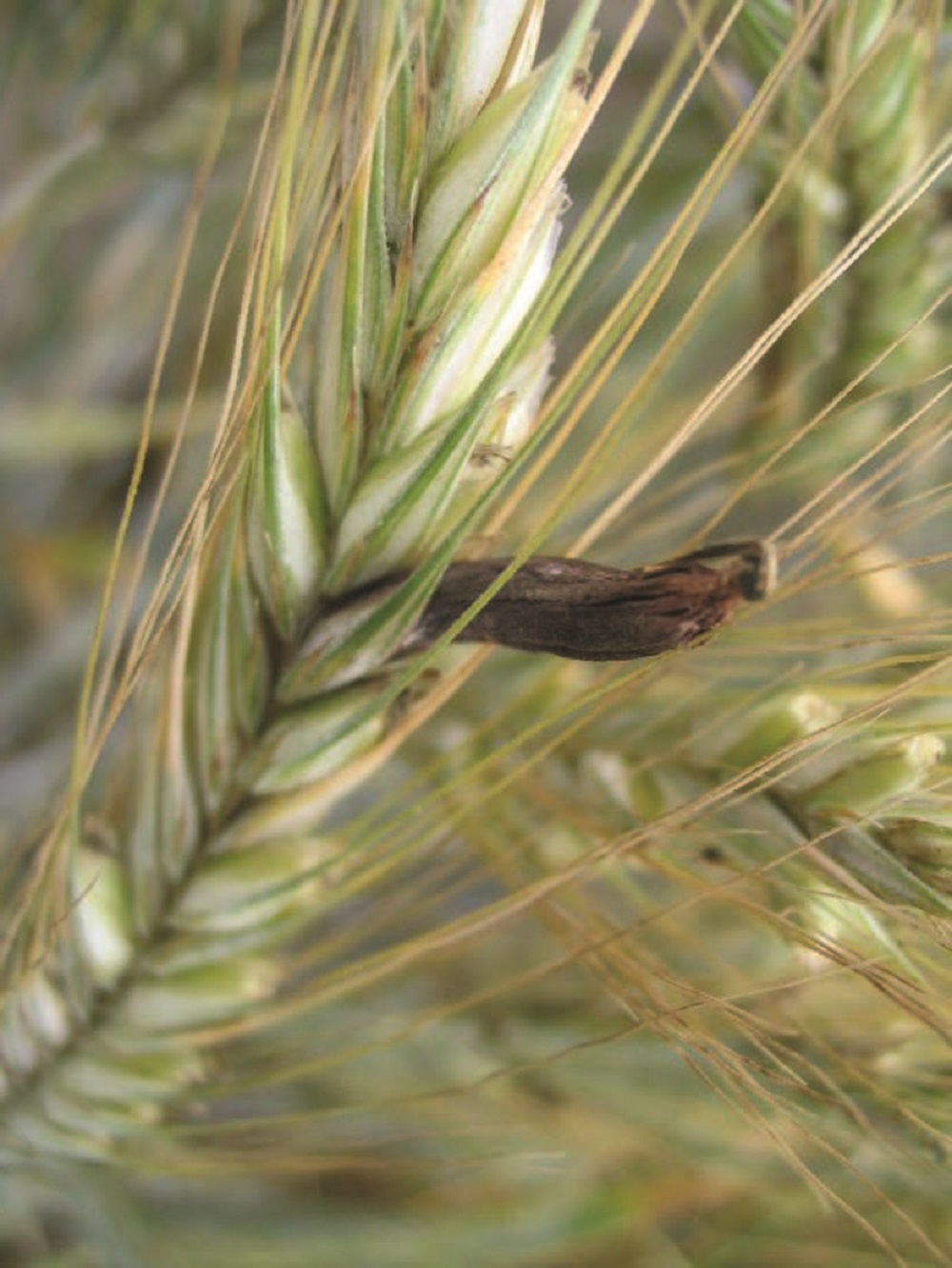- Home
- Knowledge library
- Updating UK management guidelines for ergot (a review)
Updating UK management guidelines for ergot (a review)
Summary
The fungus Claviceps purpurea infects various plant species, including domesticated grasses and cereals, such as such as rye, triticale, barley, wheat and oats.
The pathogen infects the ovaries and causes the production of sclerotia in place of healthy grain. These sclerotia contain toxic alkaloids that can make grain unsafe for consumption by humans or livestock.
Current regulations in Great Britain for grain and grain products for human consumption are based on the weight of ergot sclerotia. However, many customers base their specifications on EU regulatory limits, which include maximum alkaloid concentrations. EU alkaloid limits are more challenging, as grain can be below the sclerotia threshold but above the alkaloid threshold.
This review investigated potential management strategies to reduce ergot levels in UK cereals.
A new ergot life cycle diagram was developed to clearly show the developmental stages of ergot.
Four key stages were identified for ergot management:
- Reduction of primary inoculum.
- Establishment of a less susceptible crop.
- Reduction of secondary inoculum.
- Harvest and storage management of infected grain.
Four main areas for managing ergot were reviewed:
- Practical agronomy measures.
- Methods to limit contamination at harvest.
- Sorting and removal of ergot from grain.
- Breeding for ergot avoidance or tolerance/resistance in cereals.
The review clearly identified that effective management requires the integration of numerous management techniques.
Agronomic factors for managing ergot
The following practical agronomy interventions to manage ergot levels were identified.
Higher impact
- Crop rotation
- Cereal species
- Sowing clean seed
- Grass-weed control
- Ploughing
- Varietal choice
Moderate impact
- Establish a uniform crop
- Avoid late tillering
- Control grass weeds in non-host crops
- Seed treatments
- Sow margins with late-flowering or low-infectivity species
- Keep accurate records of infestations
Lower impact
- Cultivator and combine hygiene
- Monitor soil copper, boron and pH levels
Lower impact interventions may still have a useful effect as part of an integrated approach.
Scouting fields before harvest and monitoring for grain contamination as it enters the store could also have a moderate impact, while minimising the handling of infected grain before sieving/sorting could help reduce alkaloid levels.
At harvest, combining infected areas separately and keeping the grain separate was seen as a key method of reducing ergot contamination.
Areas were identified where knowledge is lacking and further research is required. These include:
- The effects of minimum tillage on sclerotia burial and subsequent germination
- The efficacy of:
- Current seed treatments on ergot germination
- Modern fungicides applied to the ear
- Modern spray technology to deliver fungicides to the required area of the ear
- Biological products on ear protection and suppression of sclerotia germination
- The potential to assess varietal susceptibility to ergot (possibly based on flowering period/openness of flowering/propensity of late-tillering)
- Breeding for ergot resistance
- The effects of copper/boron deficiency on susceptibility to ergot
- The development of an ergot forecasting model to provide information on potential ergot risks during the season
Management guidance
The review's results are being used to update AHDB ergot management guidance: ahdb.org.uk/ergot
Providing answers to your questions
This research project was funded via a levy-payer-led commissioning process.
Downloads
RR102 final reportRelated research projects
Related resources


